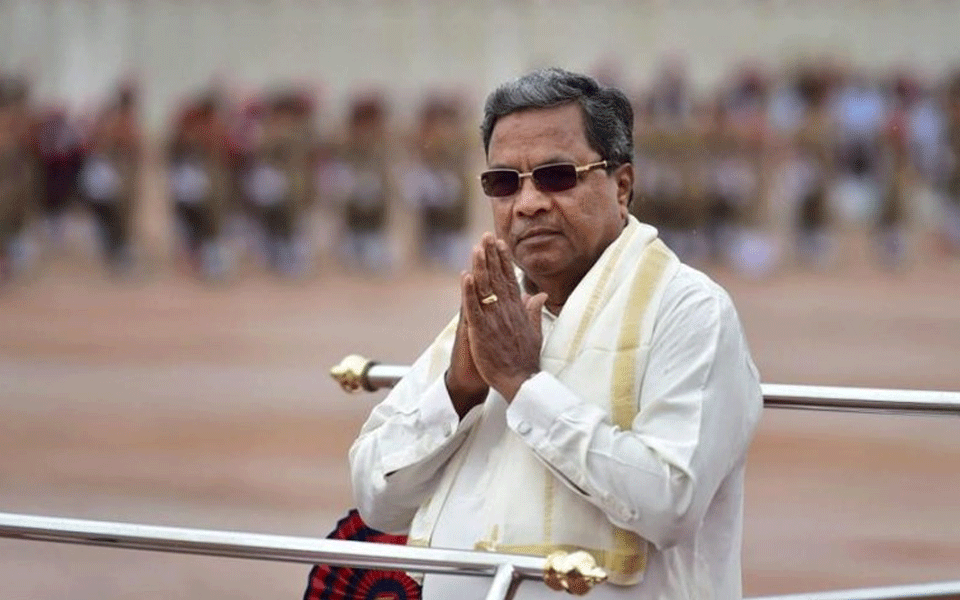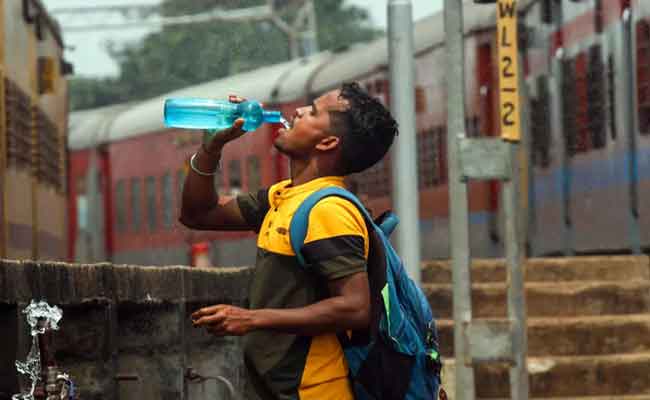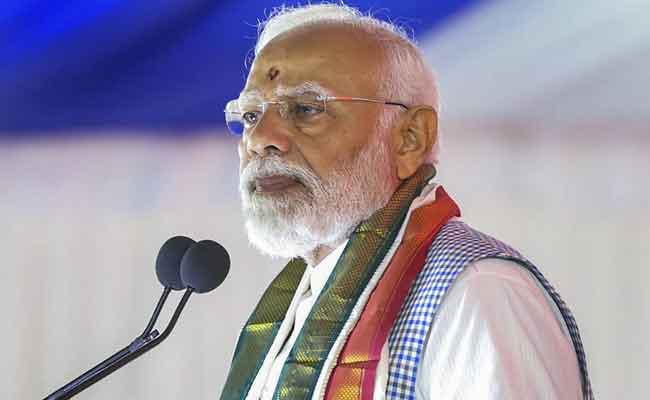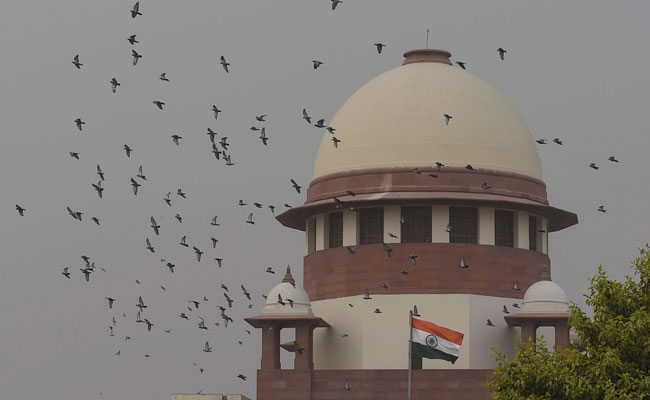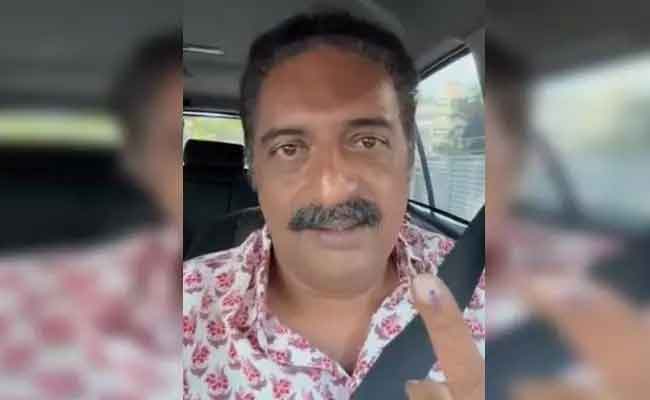- Among the pre poll surveys two surveys looked most trust worthy- CSDS – Loknithi and Rajdeep Sardesai’s channel. According to CSDS the likely seat Congress would get jumped from 90 in April to 100+ in May. This increase was predicted while Modi was busy with his rallies. (Those who are in the know, know why CSDS is credible).
- Though Rajdeep Sardesai is not pro BJP he had predicted that BJP would win in both 2014 LS elections and UP assembly elections in 2017. Presently he predicts that Congress would get 106-118 seats in Karnataka. Moreover his exit poll base is much bigger (around 70000)
- Though C-Four seems pro Congress, its exit poll base too is significantly large (27000). Even if we deduct around 5% vote share it predicts, even then the outcome seem to favour Congress.
- The polling percentage is highest in 2018 in the post independent era. For this kind of record voting either there should be a visible wave or women must have voted in large numbers as they did in 2013.
- If Modi wave were to be factor, then the voting in cities should have been significantly higher. As the data in other districts do not provide city based voting percentage, let us take Bangalore as an indicator. The polling in Bangalore is 10% less than what it was in 2013. It suggests that those who were influenced by Modi did not feel like voting!!
- If that is true then, higher polling must be due to the voting by women, backward communities and minorities. In 1978 when similar polling occurred (71.8 ) Congress led by Devaraj Urs had registered a massive victory.
The present scenario is akin to that. According to India today, over 48% Dalits and 80% Muslims have supported Congress. In 2013, where Muslim voters were over 40% BJP had won 6 out of 15. This time Modi & co must have contributed for a greater polarization of Muslim votes.
Generally 70% of the voters vote for their traditional favourite party. Hence we should look for the trends in voting pattern. We have only CSDS data regarding this (of April-May) that trend seems to favour Congress.
If someone wants to debate this logically, a discussion is worth it! I am subject to correction. But merely stating that Today’s Chanakya or C-Four predicts so does not prove anything.
If results prove this wrong, then
- The polling did not happen according to this logic
- EVMS should be doubted.
- The methodology and inference of the surveys must be faulty.
My analysis does not mean that I am pro Congress. This is an attempt to understand an electoral exit poll survey scientifically. Anyway, we have our role cut out.. Whoever wins, we may have to function as a vigilant opposition!
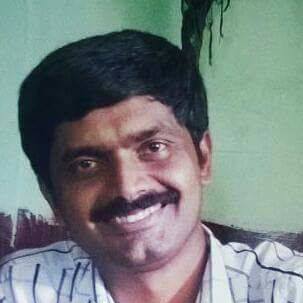
DR. H.V. VASU
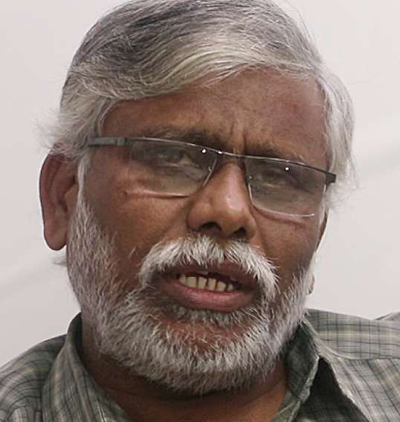
SHIVASUNDAR
Let the Truth be known. If you read VB and like VB, please be a VB Supporter and Help us deliver the Truth to one and all.
Bengaluru (PTI): Voters across four constituencies in Bengaluru, which were among the 14 Lok Sabha seats that went to polls in Karnataka, came out to vote in heat wave-like conditions on Friday.
Bengaluru North, Bengaluru Central, Bengaluru Rural and Bengaluru South are among the 14 constituencies in the state that voted in the first phase today.
“Although Indian Meteorological Department (IMD) has not included Bengaluru in the list of heat wave affected areas, the city does satisfy one of the heat wave conditions – the departure from normal temperatures by at least 4.5 degrees,” said A Prasad, a scientist at IMD Bengaluru.
Bengaluru is categorised under Aw (tropical savanna, winter-dry) by the Koeppen-Geiger classification with average temperature pegged at 22 degrees Celsius. And according to Climate-data.org, the mercury in the city’s warmest month April usually never rises above 32.8 degrees Celsius.
“This April, Bengaluru’s highest temperature has surpassed the normal average almost every day,” said C S Patil, director of IMD Bengaluru.
As per IMD data, Bengaluru’s maximum temperature on the voting day will range between 36.4 and 38.4 degree Celsius.
Given that, IMD scientists said it is best that voters take precautions when they venture out.
“It is best to avoid direct exposure to sunlight between 12 noon and 3pm, when the intensity of the heat will be at its peak. Also, keep drinking water even if you are not thirsty and use an umbrella and sunglasses whenever venturing out. If one feels hot, a damp cloth to the neck will cool down the person to an extent,” said M Rajavel, a scientist at IMD.
Meanwhile, four of the districts that were issued an orange alert by the IMD – Tumkur, Mysuru, Mandya, Chitradurga, Chikkaballapura and Kolar – are also polling on April 26.
Chief Electoral Officer of Karnataka, Manoj Kumar Meena, while briefing about poll preparations had told reporters that the election commission is keeping in mind that many districts would be facing a heat wave on the polling day.
“We are prepared for heat-related medical issues like sunstroke and dehydration. All polling booths will have medical officers and ambulances too. Besides that, each booth will be equipped with a special medical kit,” Meena told reporters.
The unprecedented heat, which the IMD scientists attribute to El Nino effect apart from global warming, had also resulted in a subdued campaigning this election season, especially in the early phases.
“It was so hot that we had to avoid campaigning in the afternoons. We did it in the mornings, and then post 3pm. So yes, our campaigning did suffer because of the heat,” said M B Patil, Congress leader and state minister for large and medium industries and infrastructure development, to PTI.

